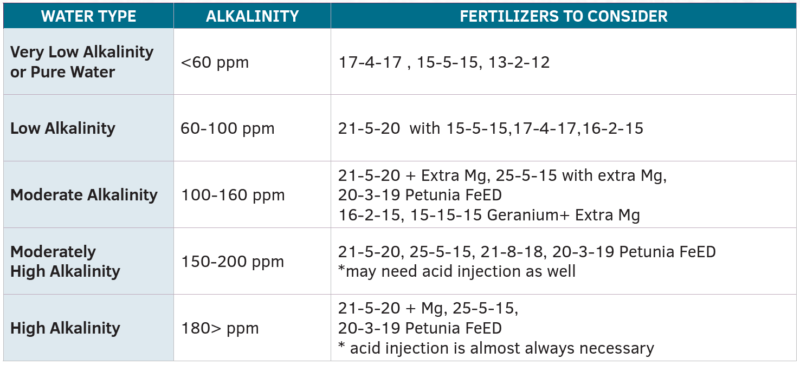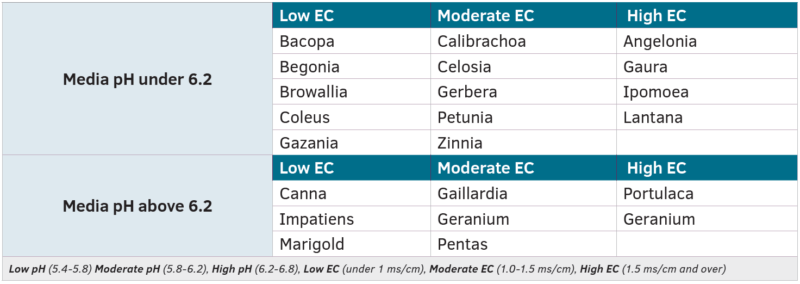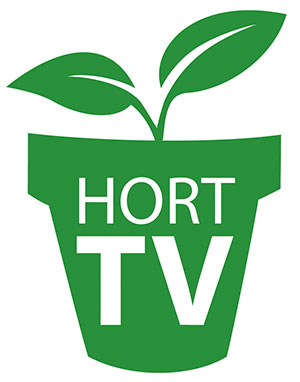Improving Your Fertilizer Efficiency in 20 Minutes
Growers are always looking for ways to increase overall efficiency, cut production and labor costs, reduce shrink, and get the most bang for their buck. There are four easy ways to increase nutrient efficiency, and accomplish the points above. By knowing your water quality, matching your fertilizer program to your crops and water quality, grouping plants by pH and EC requirements, and monitoring in-house pH and ECs, you can achieve great results and reduce some inputs.
WHERE TO START
The key to any successful fertilizer program is getting your water tested first. Having your water tested by a reputable horticulture lab in December or January will get you off on the right foot. I say a $40 water test is the best $40 you will spend all year. Once you have a current water test, talk to a technical rep, fertilizer supplier or Extension agent about how to proceed. You also will need to think about your space and the needs of your crops. Remember, everyone’s water is different. Just because a fertilizer works for your neighbor doesn’t mean it will work for you.
CHOOSING YOUR FERTILIZER PROGRAM
Look at your water test for the following items: pH, alkalinity, calcium, magnesium, sodium and chloride. If you have low alkalinity water with little calcium and magnesium, a neutral or basic fertilizer is a better option. You
will also need a fertilizer with some calcium and magnesium. If you have high alkalinity you will need an acidic fertilizer. High alkalinity can cause a gradual increase in media pH, and you may need to consider acidification with a mineral acid. The industry standard is sulfuric acid; it is cost effective, easy to source and adds much needed sulfur.
To save some fertilizer dollars in the tank, look for formulas with elevated nitrogen. A great example is 20-10-20 Peat-Lite, it’s an old favorite and gets the job done. But, if you switch to 25-5-15, you can decrease you overall usage by 20 percent, get all the same nutrients, and less phosphorus to boot. Instead of buying five bags of 20-10-20 PL you can purchase four of 25-5-15. The data in Figure 1 will get you started in choosing your general purpose or grower formulas. But if you need more help reach out to make the right choice.
GROUPING PLANTS BASED ON EC AND PH REQUIREMENTS
Cultivar culture sheets hold a wealth of knowledge — from temperature requirements, diseases, and nutrient needs, it’s all there. Using these sheets will help you group your like crops together. For the ease of fertilizing, it is best to group plants with similar EC and pH requirements together. Figure 2 shows the groups that are helpful. Low and moderate pH requirements can be grouped together.

IN-HOUSE MONITORING OF EC AND PH
By setting up a weekly testing regimen of pour-throughs in-house, you can make good growing decisions. North Carolina State University has an excellent
pour-through resource that many growers use. Early detection of a media pH or EC issue can prevent costly deficiencies and toxicities down the road. It may seem daunting at first, but you know the old adage, “An ounce of prevention is worth a pound of cure.”










 Video Library
Video Library 


















